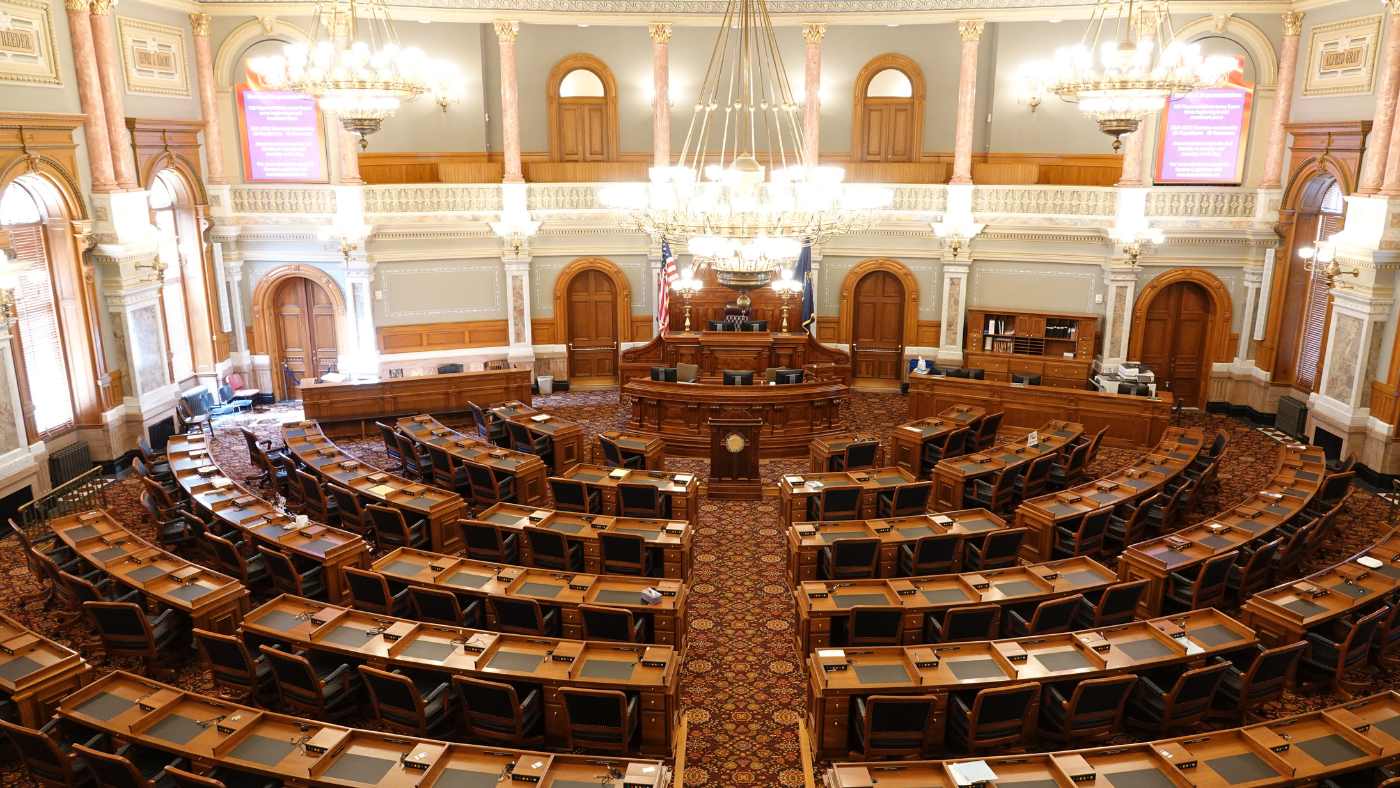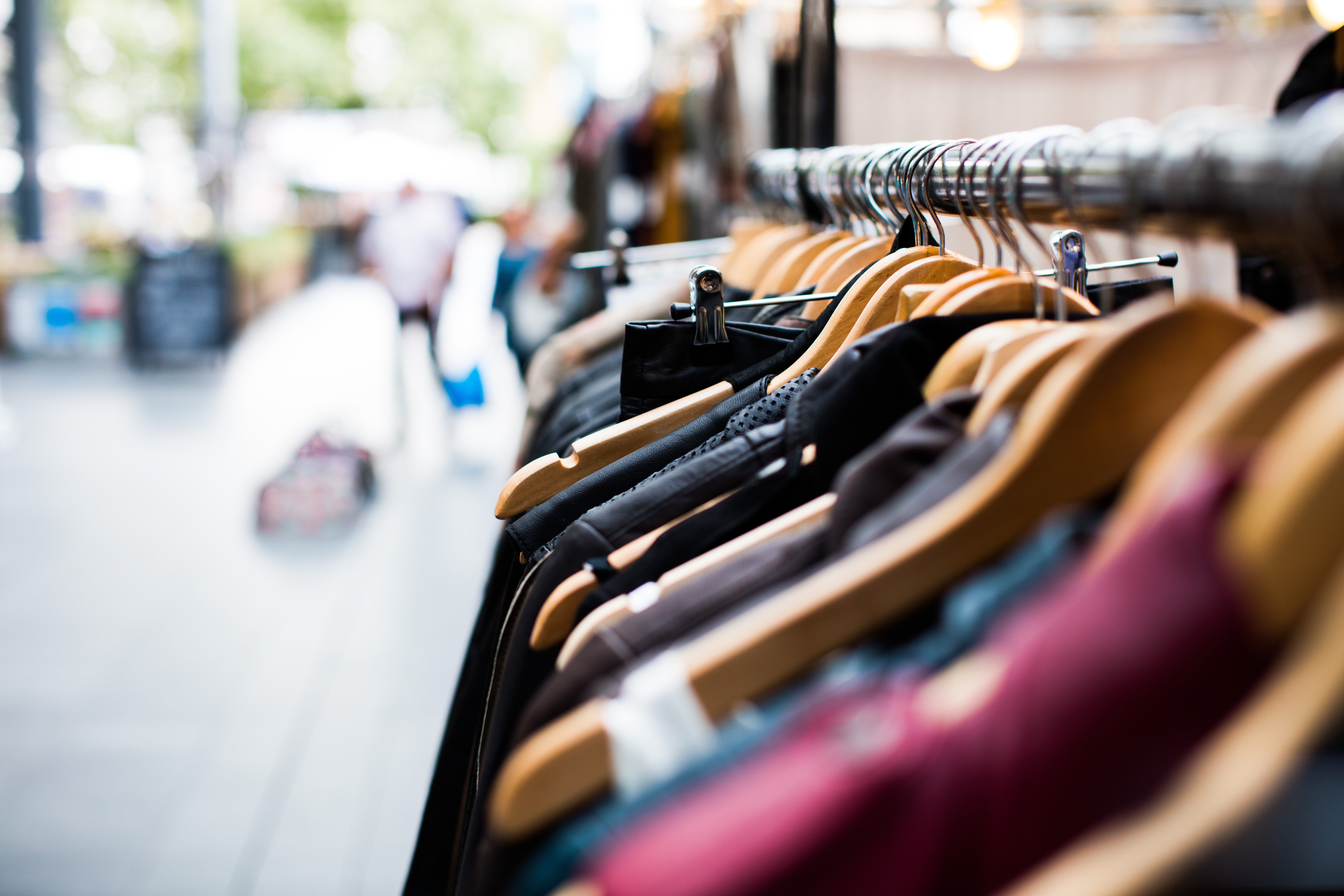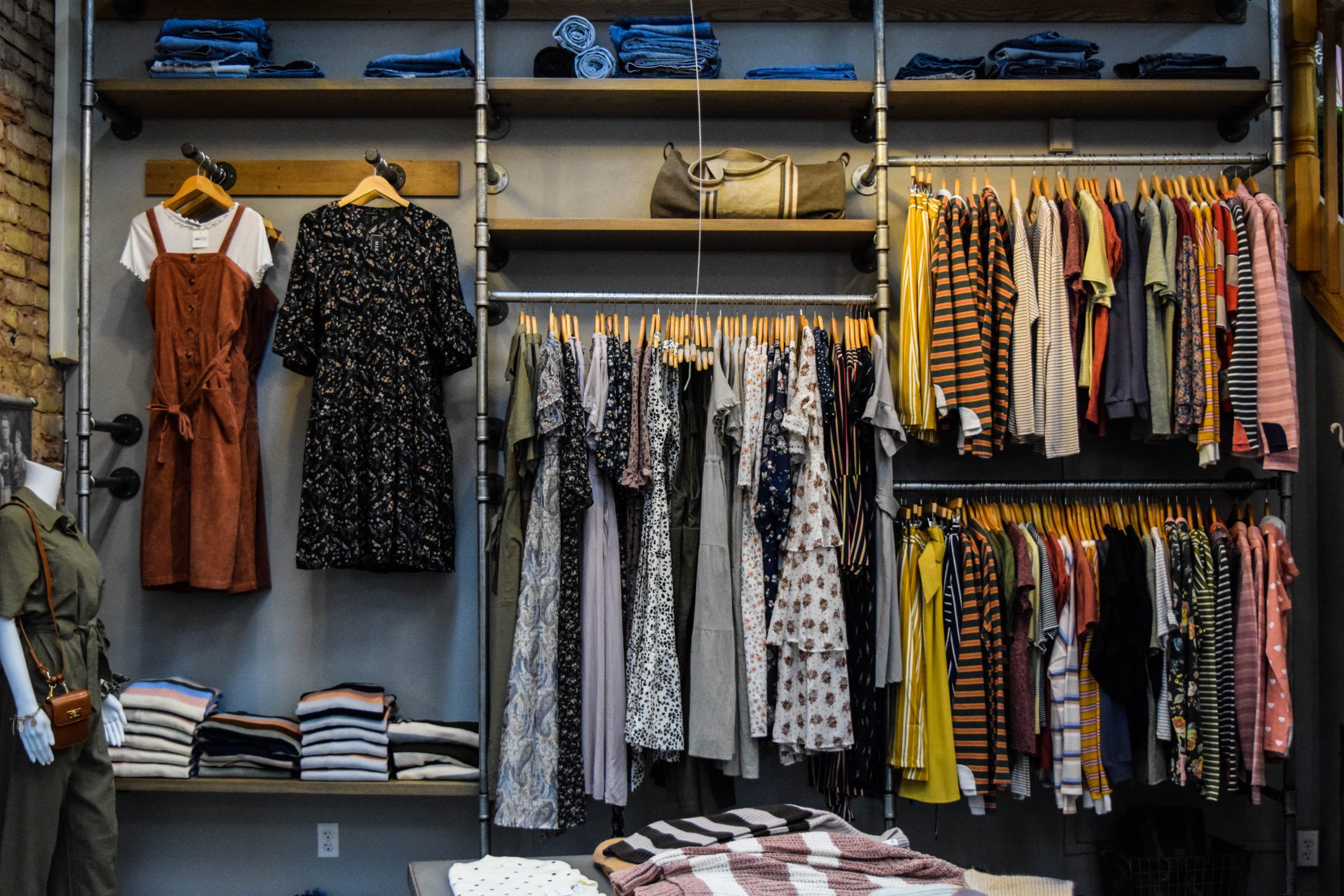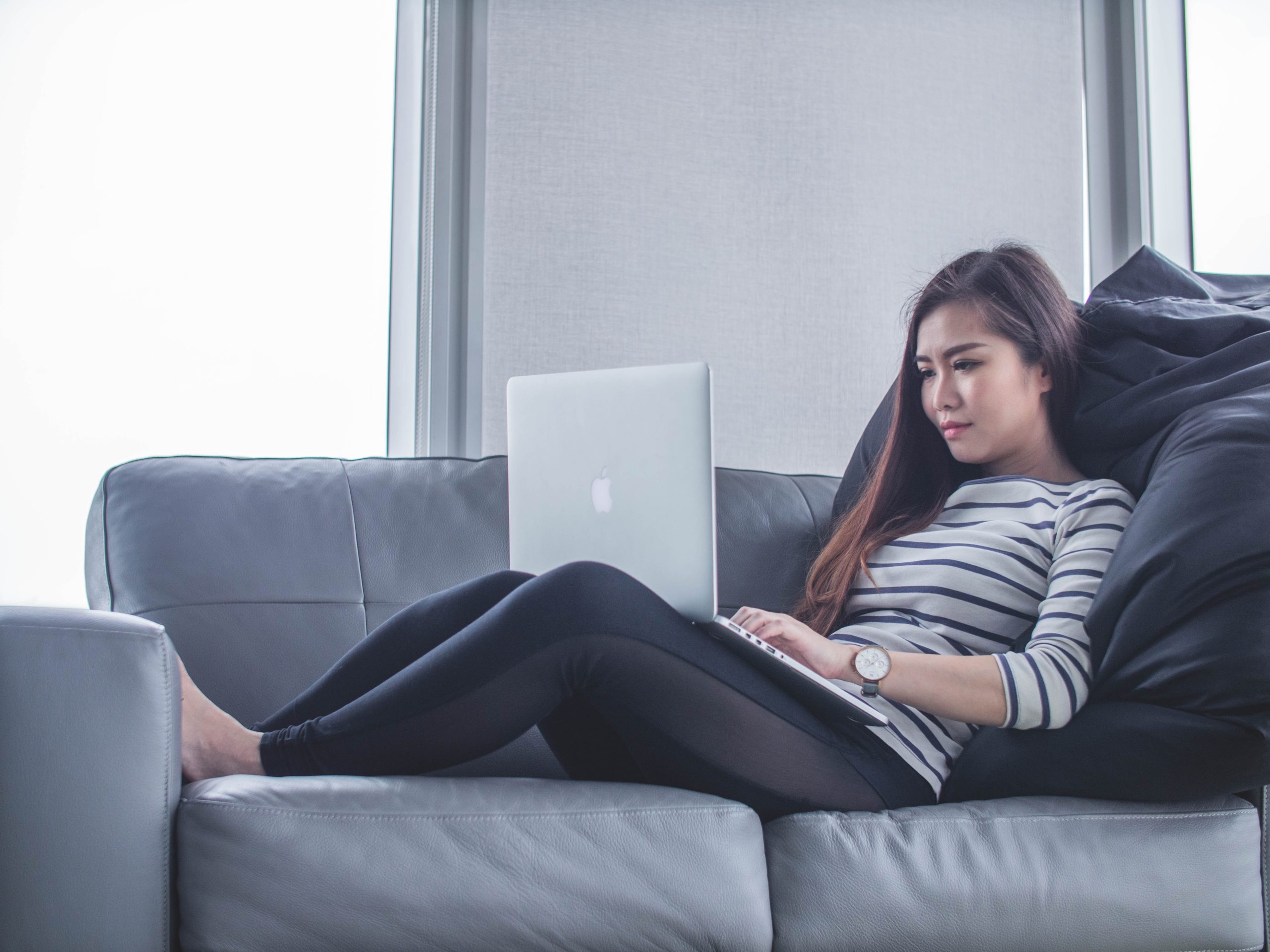
Dressing Well for the Camera

Video is the new black. It has forged to the forefront of marketing campaigns and is seen as the best platform to get your message out. Written content and audio are still great, but video brings in the component of both visual and audio communication. As noted in my book, I.C.U., The Comprehensive Guide to Breathing Life Back Into Your Personal Brand, humans are wired to interpret things visually first. It is the most dominant of our senses. So how you appear on camera matters. There will be a time when you will be in front of a video camera, whether it is creating video marketing content, being interviewed as the CEO of your company, or presenting to an audience. I want to make sure you are prepared to bring forth your best self visually.
I partnered with Nancy Morrisey, Vice President of Mirage Productions in New Jersey to gain insight on what her production company recommends to video clients. “No black, white, or vertical stripes” is Nancy’s first piece of advice she offers her clients. Below is a collaboration of her input and my 20+ years of expertise as a brand manager, personal brand strategist, image consultant, and professionally trained model.
Color and Pattern
- BEST COLOR CHOICES: Gray, Navy, Light Blue, Royal Blue, Brown, Purple, Pink, Pastels
- COLORS TO AVOID: Black, White
- COLORS TO BE CAUTIOUS ABOUT: Green, Red
Mid- to deep tone colors work best. It is a good idea to do a pop of color. For example, if you choose a gray jacket, put a royal blue or purple shirt underneath, or a red or purple necktie.
If possible, know what the background color will be. If there will be a green screen, then you must avoid wearing green.
Red and orange can be hard on camera as they have a tendency to glow. If you choose to wear red, make sure it is a dark red.
High contrast such as black and white together is very hard on camera and can cause problems for the camera to balance exposure properly as is the case of wearing all black or all white. The same black and white contrast principal holds true with contrast between your skin coloring and clothing color. If you have very light skin, avoid wearing a dark color and vice versa.
Solids work best. Stripes, pinstripes, herringbone, corduroy, and polka dots cause a camera to jump and create a moiré effect making the garment look like it is moving.
If you will be on set, I always recommend bringing one backup outfit. You never know if you will spill something on yourself or have a wardrobe malfunction. Also, sometimes you do not know in advance what the background will be and you don’t want to clash with it. So a backup outfit comes in handy.
Shape, Fit, and Line
Make sure your clothing fits your shape nicely and smoothly. Any wrinkling or bulging will only be emphasized on camera. The tighter the clothing, the larger you appear. Anything loose or ill-fitting will add weight to you and make you appear sloppy. Clean lines and silhouettes are always best. Avoid plunging necklines. Wear something that is comfortable to you. If you don’t, that will come across in your body language on camera. It can be hot under the lights, so wearing a lighter weight fabric will keep you from sweating.
Ladies, if you are going to be sitting during an on-camera interview, check your skirt length in a sitting position beforehand as the skirt length will rise up a bit when you are sitting.
Accessories and Grooming
Minimal jewelry is always appropriate. Shiny jewelry can be hard for a camera. However, as Nancy encourages, if you have an heirloom or special piece of jewelry, by all means, wear it.
Hair should be smooth and not fussy. Flyaway hair is easily seen on camera. In a pinch, hand lotion rubbed on your hands can quickly smooth flyaway hair.
Gone are the days where heavy makeup is required. Keep it simple and do wear a lip color, but keep it in a matte finish. No shiny lip gloss or lip balm. You will want to keep some translucent powder or blotting tissue on hand to touch up any shine.
Cameras can pick up on every piece of facial hair, so be sure you have shaved properly or plucked stray hairs.
Facial Exercises
It is good practice to warm up your mouth with facial exercises. This helps alleviate any nervous twitching of the mouth and allows your face to relax and smile. The facial exercises I was taught in modeling school are the ones I continue to use today. Say each vowel out loud and open your mouth as wide as possible as you are saying the vowel, stretching your mouth and facial muscles as much as possible. Repeat this over and over until you feel loosened up. This is also a tip to use before stepping onto a stage to speak.
Stay True to Brand
The rules above are meant to be a guide. Staying true to your personal brand is always encouraged.
I help executives create a powerful image and brand so they look and feel confident wherever they are. Contact me at sheila@imagepowerplay.com to schedule a 20-minute call to discuss how we can work together to grow your visibility through my return on image® services.
- Dressing for Success: Navigating Conference Attire in the Post-COVID Era - November 15, 2023
- Senate’s New Dress Code Policy: Balancing Comfort and Respect for the Office - September 22, 2023
- Stand Out in the Startup World: Building Your Personal Brand with a Signature Style - July 4, 2023






